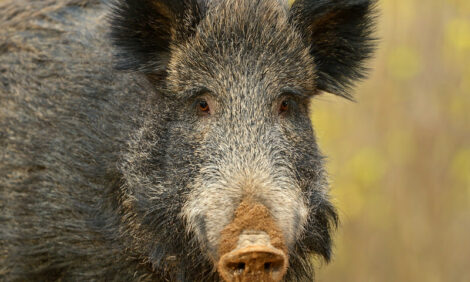



U of M Plans to Investigate Variable Performance when Feeding Pigs Fusarium Contaminate Grain
CANADA - Farm-Scape: Episode 1173. Farm-Scape is a Wonderworks Canada production and is distributed courtesy of Manitoba Pork Council and Sask Pork.  Farm-Scape is sponsored by
Manitoba Pork Council and Sask Pork  Play Audio Play AudioFarm-Scape is a Wonderworks Canada production and is distributed courtesy of Manitoba Pork Council and Sask Pork. |
Farm-Scape, Episode 1173
Researchers with the University of Manitoba are planning studies to determine why the performance of pigs fed diets containing the mycotoxins produced by fusarium can be so variable. U of M Researchers conducted two studies looking at the impact of various levels deoxynivalonol or DON contamination.The first looked at zero, one and two parts per million of DON and showed no difference in the performance of barrows but the gilts took longer to reach market weight at the higher levels. The second study compared DON levels up to four parts per million and showed no difference in performance.
Assistant Professor Dr. Jim House says the challenge now is to explain that variability.
"Could it be the fact that we use different barlies that might have different mycotoxin profiles? That's one possible explanation. The other issue, it could be seasonal effects.
One study was conducted over the winter where we saw the negative effects. In the winter time we tend to have lower rates of ventilation in order to maintain barn temperatures whereas, in the summertime, where the second study was conducted, the high rates of ventilation might have caused a different environmental factor which working together with the DON caused the responses that we saw in the first experiment.
Understanding that variability is key to us so we're looking at developing strategies where we can do that.
Trying to do it with full grow finisher studies is not practical because we'd be conducting numerous studies to do that.
We're looking at trying to set up a model system where we can really look at determining what impact mycotoxin profile would have on production and feed intake but maybe using a smaller animal model such as the mouse.
We could then get lots of data and try to develop a mathematical model that will tell us 'if you've got this much mycotoxin, you can expect this much reduction in performance.' That would be the goal."
Dr. House says the intent is to establish that model over the next couple of years.
For Farmscape.Ca, I'm Bruce Cochrane.








